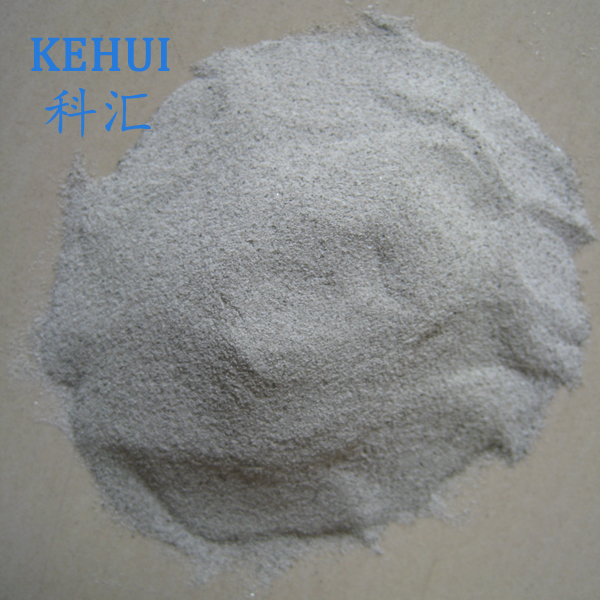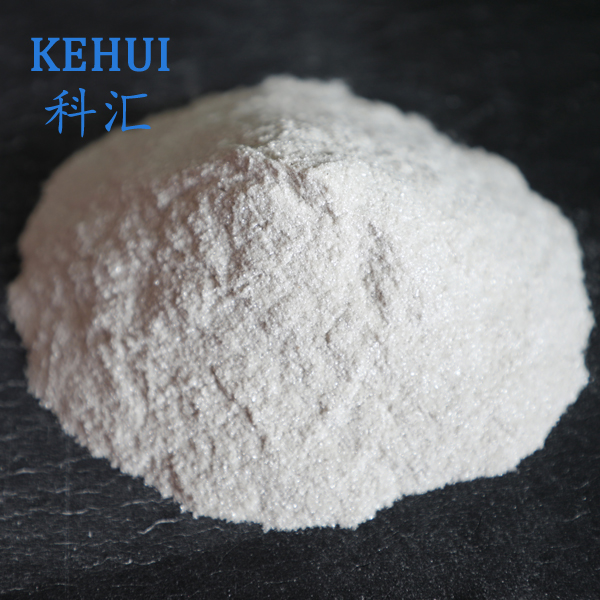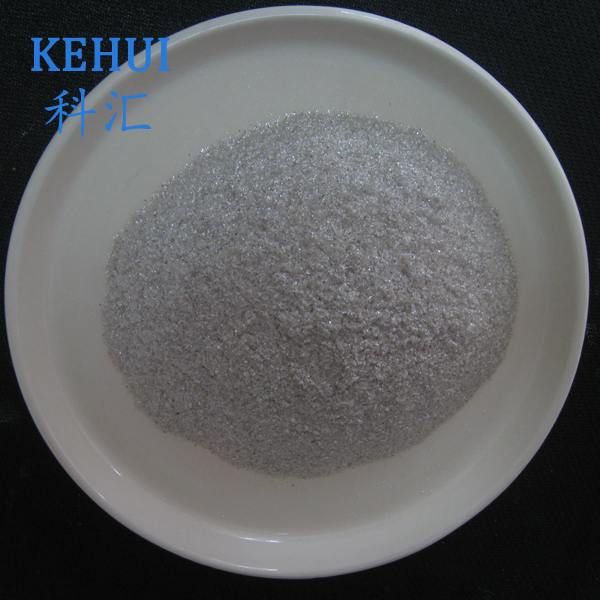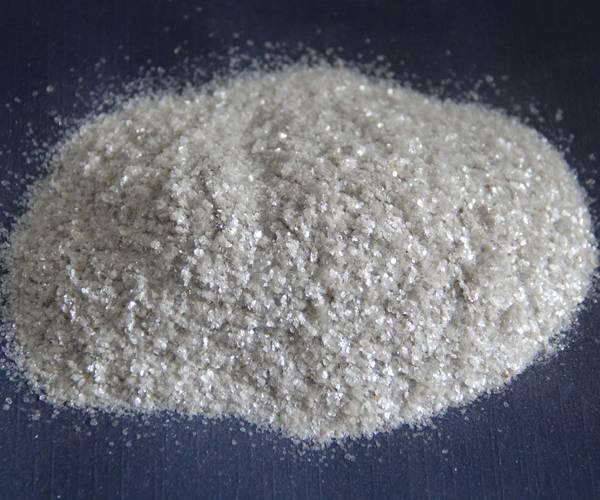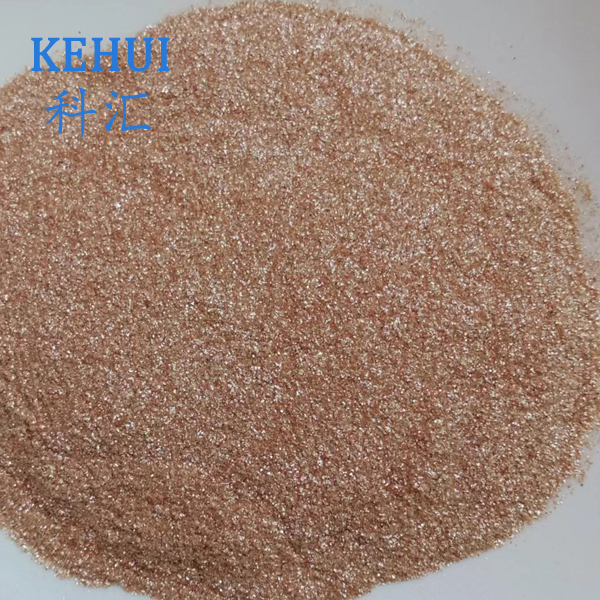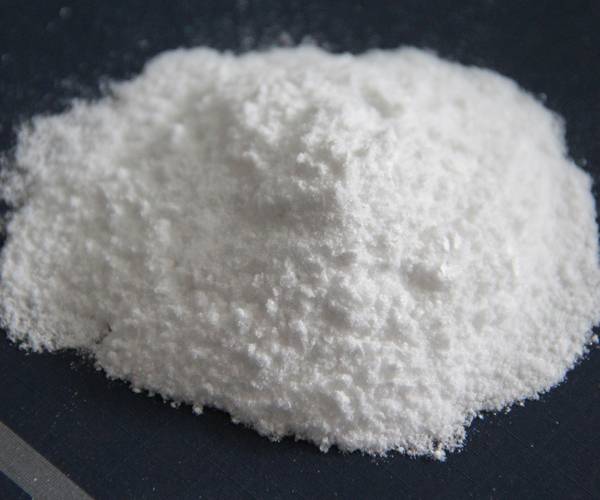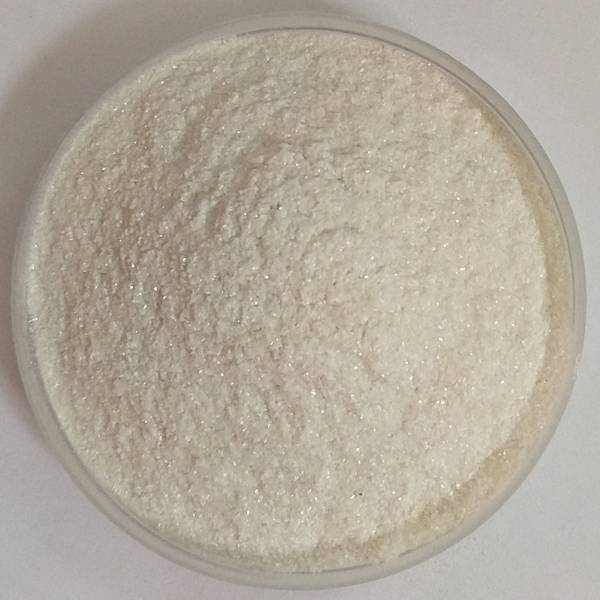The rise of soilless horticulture is revolutionizing modern agriculture. Soilless Growing Media Horticulture Expanded Perlite stands at the forefront, powering advances in yield, sustainability and cost-efficiency. With continuous innovation and robust international standards, Expanded Perlite is becoming the go-to growing medium worldwide. Explore this in-depth technical feature for industry data, engineering insights, process diagrams, product comparisons & real-world examples.
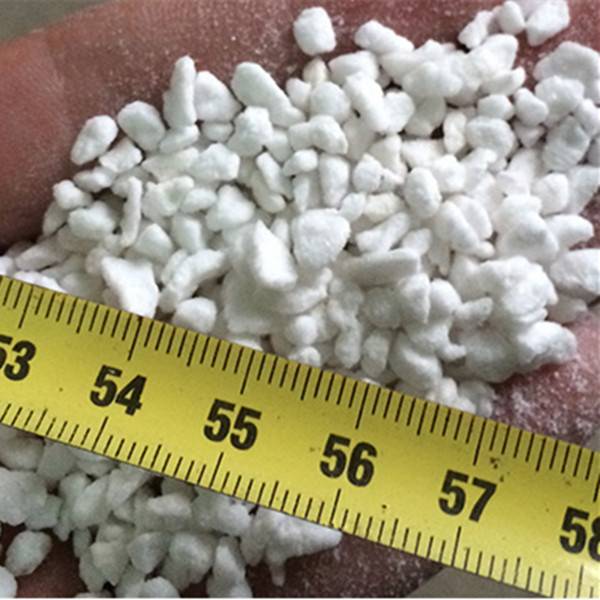
1. Industry Overview & Trends: Why Expanded Perlite Dominates Soilless Media
The global Soilless Growing Media Horticulture Expanded Perlite market is projected to reach $1.38 billion by 2028 (CAGR 7.2%)*, driven by greenhouse expansion, hydroponic vegetable demand, and sustainability mandates. According to Allied Market Research, expanded perlite now makes up over 34% of greenhouse substrate volumes globally—favored for its stable structure, pathogen-free nature, and aeration efficiency.
Major producers are ISO 9001/ISO 14001 certified. The shift from traditional peat and coco peat further accelerates perlite adoption. Test reports from Eurofins and SGS show 92–95% consistency in horticultural grade perlite physicochemical properties.
| Growing Media | Market Share (%) | Main Applications | Growth Rate |
|---|---|---|---|
| Expanded Perlite | 34 | Greenhouses, Hydroponics, Seedling trays | +7.2% CAGR |
| Coco Peat | 28 | Container farming, Seed starting | +4.9% CAGR |
| Peat Moss | 21 | Nurseries, Mushroom substrates | -1.0% CAGR |
| Others | 17 | Rockwool, Vermiculite, Foam | +5.6% CAGR |
2. Product Specification & Technical Parameters
Key Technical Attributes:
- Material Composition: Expanded amorphous aluminum silicate (Na2O•K2O•Al2O3•SiO2)
- Bulk Density: 65–110 kg/m³ (typical horticulture grade)
- Particle Size: 0.5–6 mm (customizable: 1–3 mm, 3–5 mm, 4–6 mm etc.)
- pH: Neutral (6.5–7.5) – stable and plant-safe
- Water Holding Capacity: 250–400% of its own weight
- Porosity: 70–80%, with 85% air-filled porosity at 1 kPa suction
- Thermal Conductivity: ≤ 0.045 W/mK (insulates root zones)
- Fire, Pest & Pathogen Resistance: 100%, naturally sterile and inert
- Compliance: ISO 9001, EN 13055-1, ANSI/ASHS horticulture substrate standards
- Service Life: 8–10 years in typical greenhouse cycles
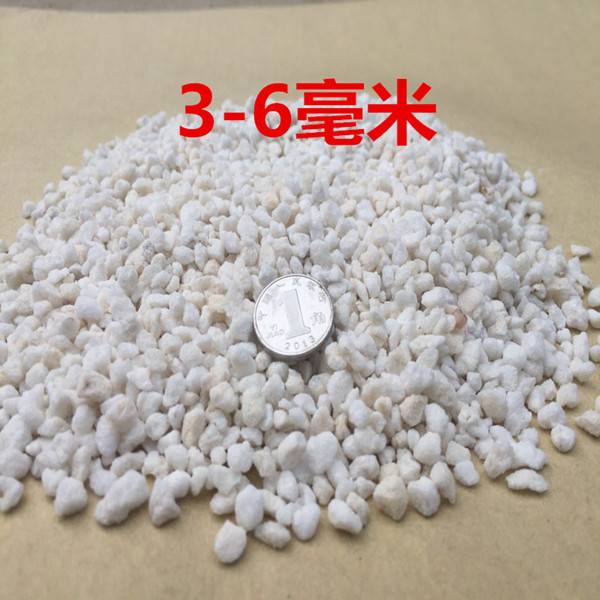
3. Manufacturing Process: From Perlite Ore to Advanced Horticultural Media
The production of Soilless Growing Media Horticulture Expanded Perlite combines high-purity ore selection, precise heat expansion and strict particle grading, regulated via ISO 9001 and EN 13055-1 standards. Here’s a step-wise flow description:
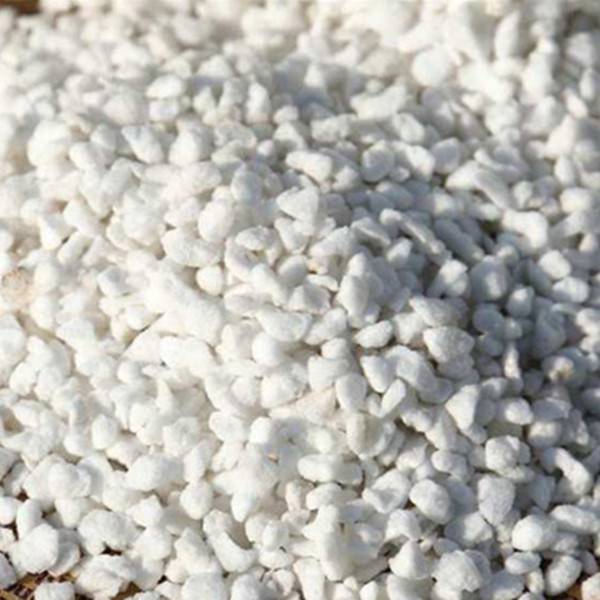
- Raw Material Selection
Sourcing volcanic perlite ore (SiO2≥70%, impurity ≤0.1%) - Crushing & Pre-grading
Jaw/impact crushers & screens to 0.5–6 mm, dust control stage - Thermal Expansion (Kiln)
1260–1350°C rotary kiln fusing—expands 10–15× in volume - Screening & Quality Sorting
Automated particle grading, optical/air separation (ISO spot test) - Fines Removal & Bagging
Packing in 50 L/100 L/1 m³ super sacks with lot traceability - QC Testing
Physical & chemical analysis, EN 13055-1 inspection
| Parameter | Expanded Perlite (Kehuimica) | Coco Peat | Vermiculite |
|---|---|---|---|
| pH Stability | Stable (6.5–7.5) | 5.5–6.8, tends acidic | 7–7.5 |
| Porosity | 80% | 60% | 73% |
| Water Retention | 350% | 570% | 400% |
| Dry Weight (kg/m³) | 65–110 | 95–110 | 75–110 |
| Pathogen Free | 100% guaranteed | 70–90% (risk of pest residue) | 85–95% |
| Reusability (cycles) | Up to 10 | 3–5 | 3–4 |
| Fire Resistance | Incombustible | Low | Moderate |
4. Application Scenarios & Competitive Advantages
- Greenhouse Vegetable Crops: Tomatoes, cucumbers, peppers (yields increase up to 12% in perlite beds vs. peat, ScienceDirect); lower root rot/scab risk.
- Ornamental Flower Propagation: Uniform germination, disease-free root zone.
- Vertical Farming: Lightweight for stacked systems; consistent performance, easy sterilization.
- Seedling/Transplant Trays: Fast root strike, resists compaction — higher transplant success.
- Hydroponic Berries/Leafy Greens: Clean, inert; supports recirculating or drain-to-waste.
- Phytoremediation/Environmental Engineering: Used in bioretention swales, mine tailing reclamation (EN 13055-1 compliance)
- Superior Aeration/Drainage: Prevents root hypoxia, root diseases, and overirrigation.
- Inertness & Consistency: Certified sterile by FDA/ISO protocols, no nutrients or pests carried.
- Lightweight Structure: Facilitates rooftop/vertical/floating hydroponics, reduces infrastructure loads.
- Multi-cycle Reusability: No breakdown over typical 8–10 year service life, outperforming organic media.
- Fireproof, Environmentally Safe: 100% silica base, leaves no contaminants. Meets EN 13055-1 environmental standards.
5. Manufacturer Comparison & Customization Options
| Manufacturer | Certifications | Process Control | Particle Range (mm) | Bulk Density (kg/m³) | Service Life (years) |
|---|---|---|---|---|---|
| Kehuimica | ISO 9001, FDA GRAS | Automated, EN 13055-1 Lab QC | 0.5–6 (custom) | 65–110 | 8–10 |
| Imerys | ISO 14001, FDA | PLC/Manual QC | 1–4, 3–6 | 68–115 | 7–9 |
| Perlite Hellas | ISO 9001, 14001 | Manual | 1–5 | 75–125 | 7–8 |
Customization offered by Kehuimica: Particle size (0.5-6 mm), hydrophilic or hydrophobic surface treatment, pre-wetting, sterilization, custom branding and private labeling. All materials traceable by lot and batch, tested per EN 13055-1 and ISO 9001.
6. Case Study: Large-Scale Tomato Hydroponics Facility (Shanghai, China)
Client Need: Stable root support, maximized yield, zero-disease risk, environmental compliance.
Solution: Soilless Growing Media Horticulture Expanded Perlite, Grade 3–5mm, deep-bed slabs & trays.
Results:
- 11% yield increase vs. previous coco peat cycle;
- Root zone oxygen up 19%, consistently lower root rot/pathogen counts (0 in 3 seasons);
- Material cost per cycle reduced by 13%, as perlite reused over multiple production years;
- Zero pesticide/fungicide correction events reported.
7. Delivery, Warranty, & Customer Support
- Standard packing: 50 L, 100 L, 1 m³ super sack or OEM; global shipping (main ports: Shanghai, Rotterdam, LA);
- Typical lead time: 7–15 days (in stock), 20–30 days (custom spec);
- Warranty: 100% satisfaction, full spec conformity per EN 13055-1/ISO 9001, 3–5 year anti-breakdown guarantee;
- Technical support: 24/7 remote agronomy hotline, detailed substrate optimization advice, one-on-one video consultation on rootzone management.
8. Expert FAQ on Soilless Growing Media Horticulture Expanded Perlite
9. References & Industry Authority Citations
-
The Versatile World of Phlogopite Mica: Properties, Forms, and ApplicationsNewsJul.14,2025
-
The Versatile Applications of Calcined Mica: From Decoration to Industrial UseNewsJul.14,2025
-
The Role of Muscovite Mica in Industrial Insulation MaterialsNewsJul.14,2025
-
The Benefits of Using Expanded Clay Pebbles in Hydroponics and Soil GardeningNewsJul.14,2025
-
Innovative Applications of Mica Flake in Paints and CoatingsNewsJul.14,2025
-
Gardening Expanded Clay Usage: A Complete GuideNewsJul.14,2025
-
The Use of Natural Mica Powder in Skincare ProductsNewsJun.11,2025

